While rapid undergrowth in summer and mud in winter can be addressed relatively easily with a pair of secateurs and sturdy boots, other issues are not so simple to overcome. Lionel Pringle, Treasurer of the Rother Ramblers, said, “Broken and difficult to negotiate stiles and footbridges, excessive use of barbed wire and blocking of paths with farm machinery and various forms of detritus can deter the average walker. The Big Pathwatch should help pinpoint any of these problems in our area and bring them to the attention of East Sussex County Council, who have a legal responsibility to ensure that our public rights of way are accessible.”
The Ramblers hopes the survey data will highlight patterns of footpath problems within and across different highway authorities. This is particularly important as continued central government cuts to county council funding have seen many areas direct resources away from rights of way maintenance.
The survey is open to everyone, and the Ramblers hopes that many of the UK’s six million walkers will take part. “The larger the number of people who participate in this initiative, the more clout the Ramblers will have in seeing the project through to a satisfactory conclusion for all,” said Mr Pringle.
After registering for the Big Pathwatch, walkers choose a 1km by 1km square (based on Ordnance Survey data) and walk all the rights of way within that square. People can adopt up to 10 squares at a time in England and Wales - whether in their home parish or near their summer holiday destination. Walkers then record any features, as well as the general state of the path/s within the square, using the Big Pathwatch smartphone app or the online form.
(There is also an option to report features without adopting a whole square, for example, if someone is out on a walk and encounters a broken stile or overgrown path. This data won’t be included in the Big Pathwatch report, but any problems will be forwarded to the relevant highway authority to look into.)
This article was first published in the Hastings Independent, Issue 36, 7 August 2015, p5.
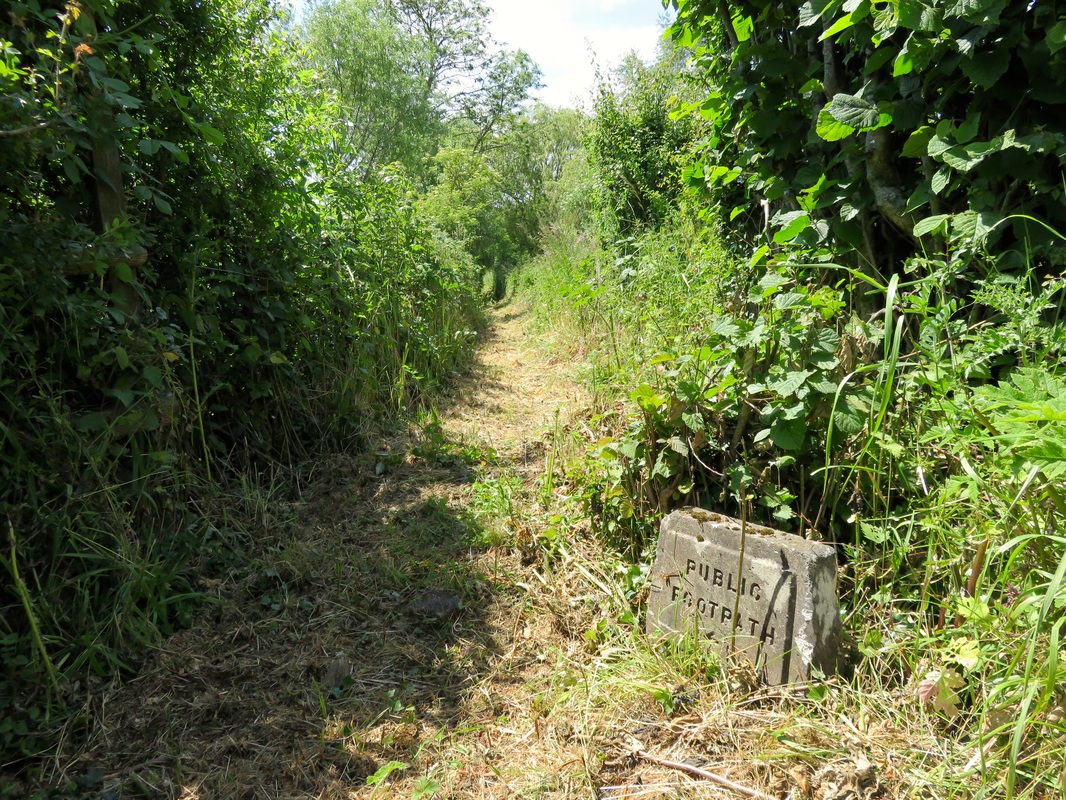
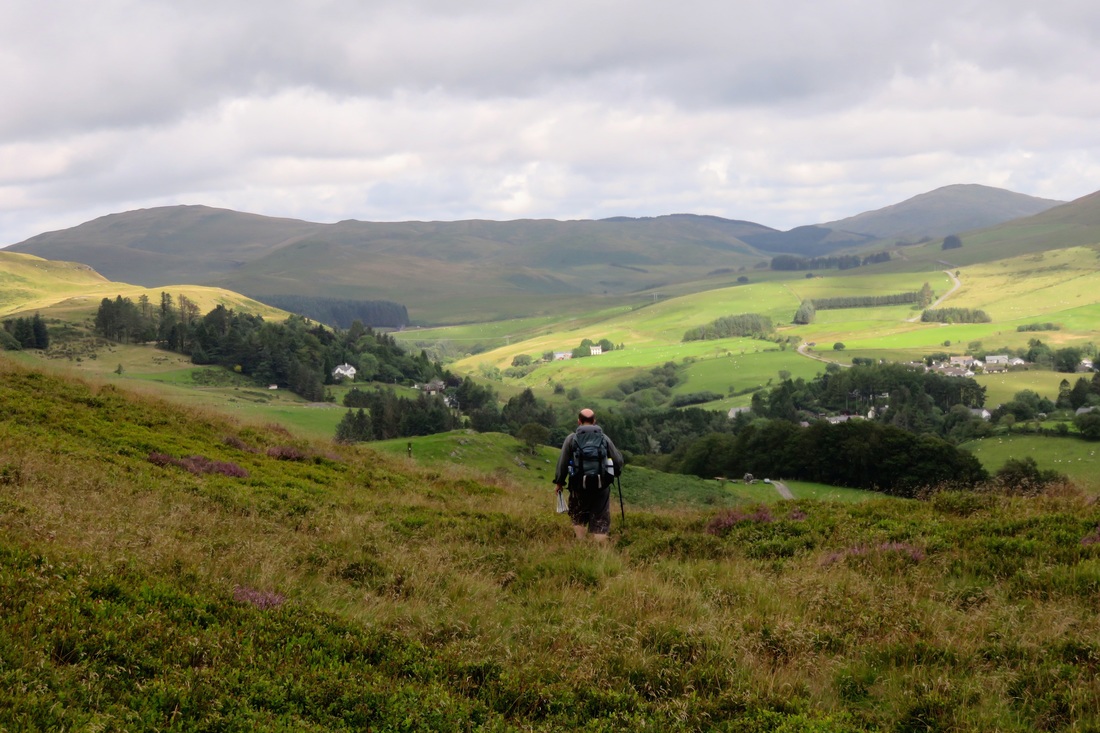
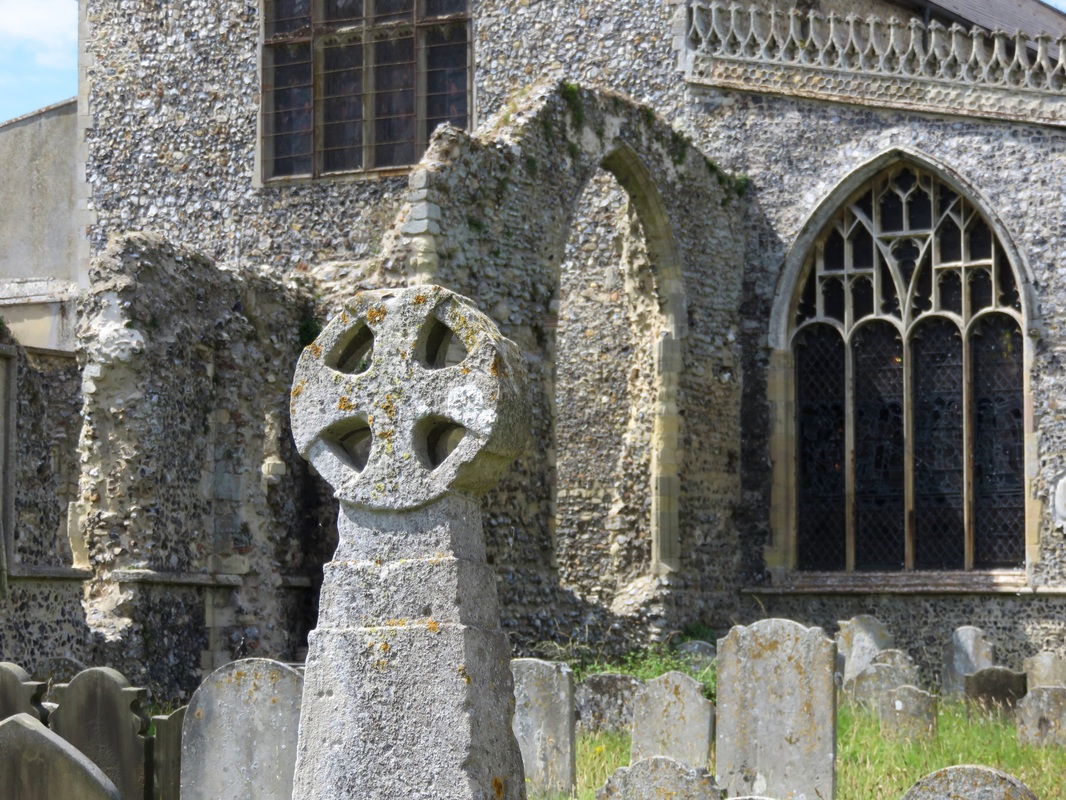
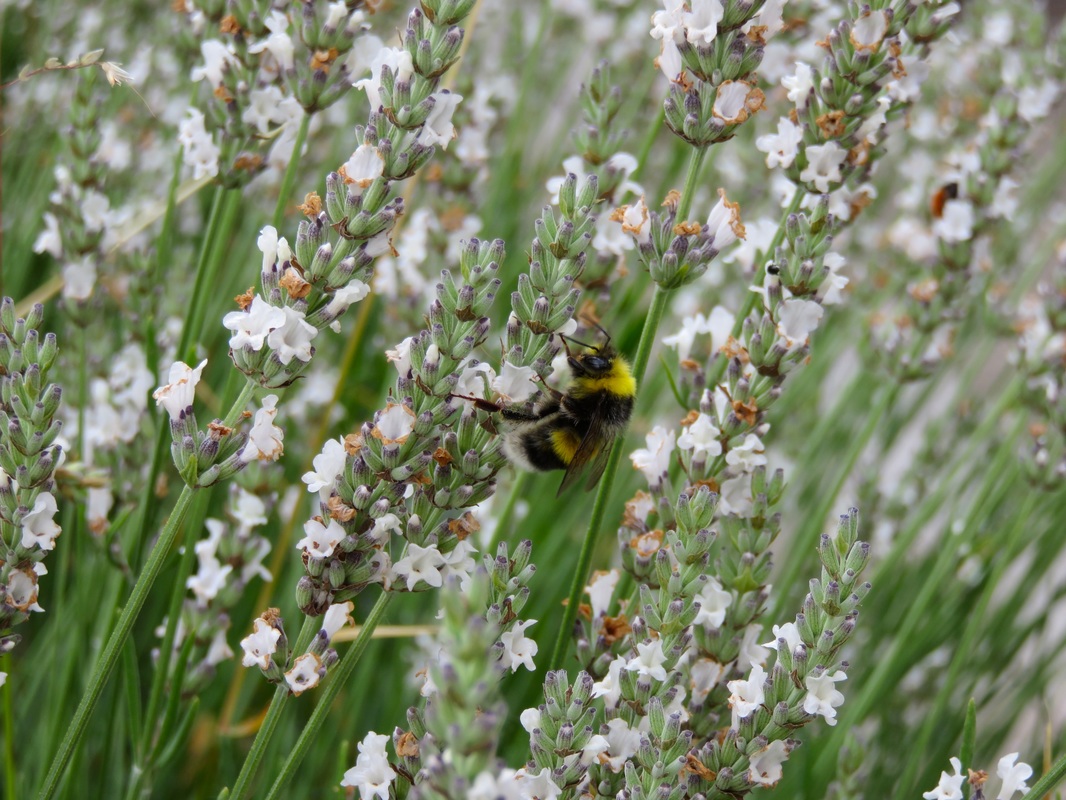
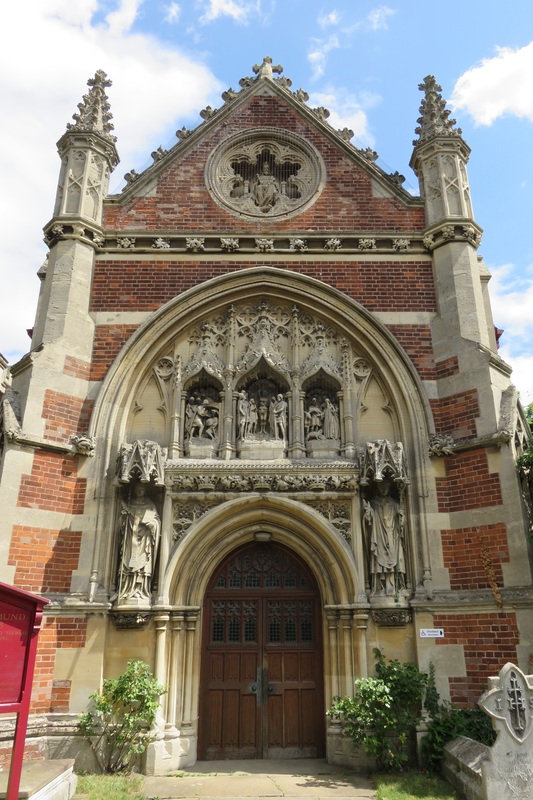

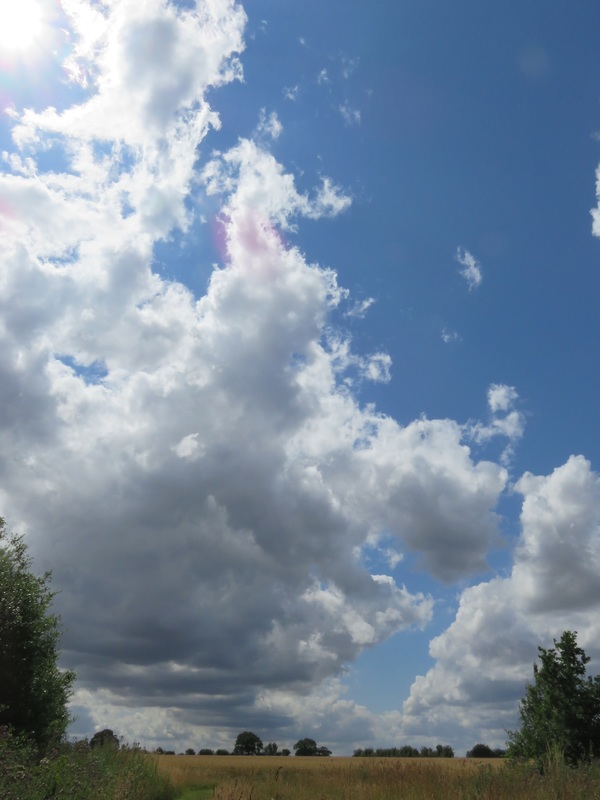
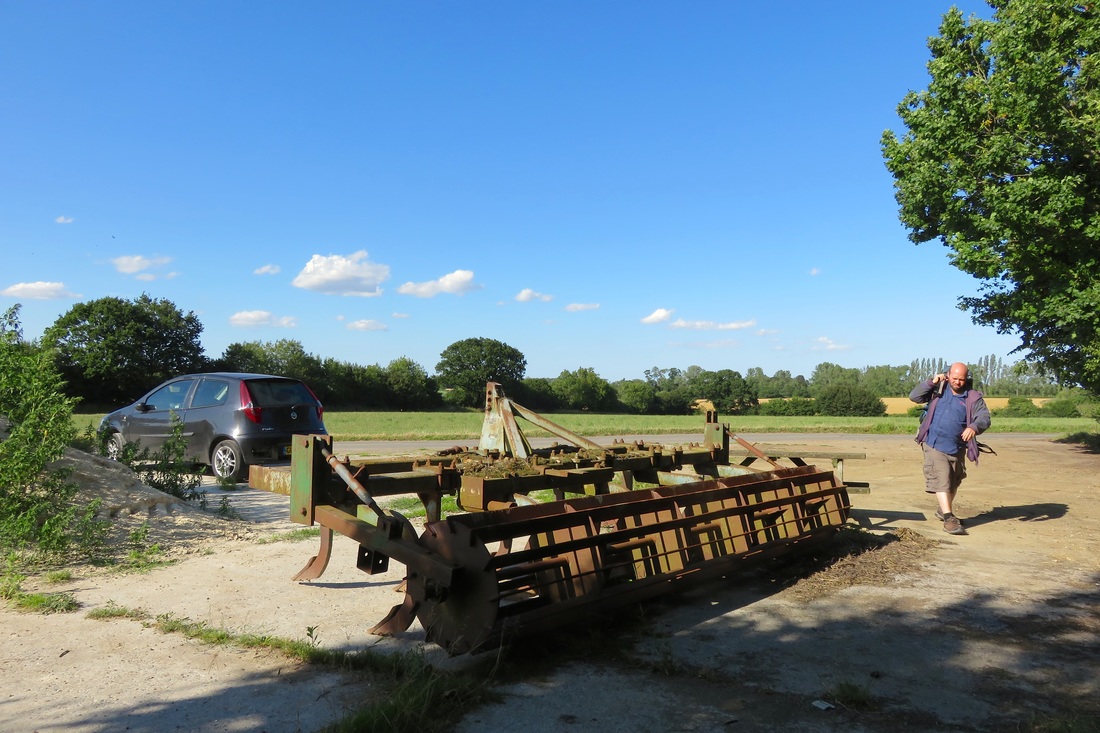
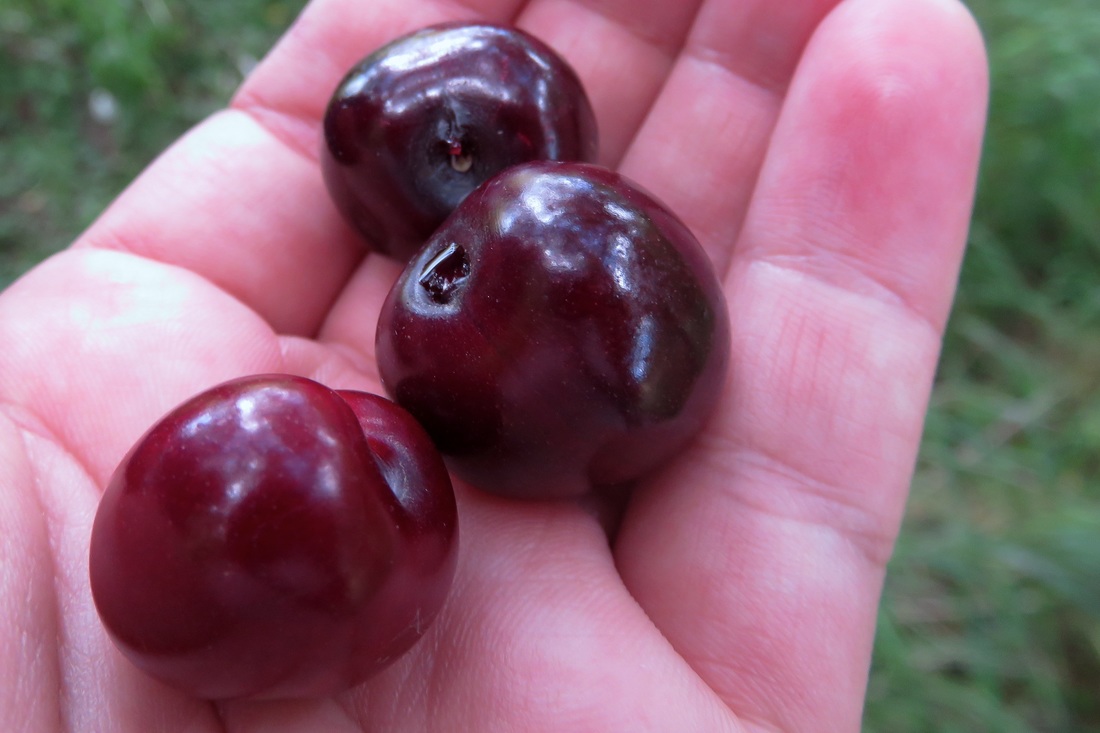
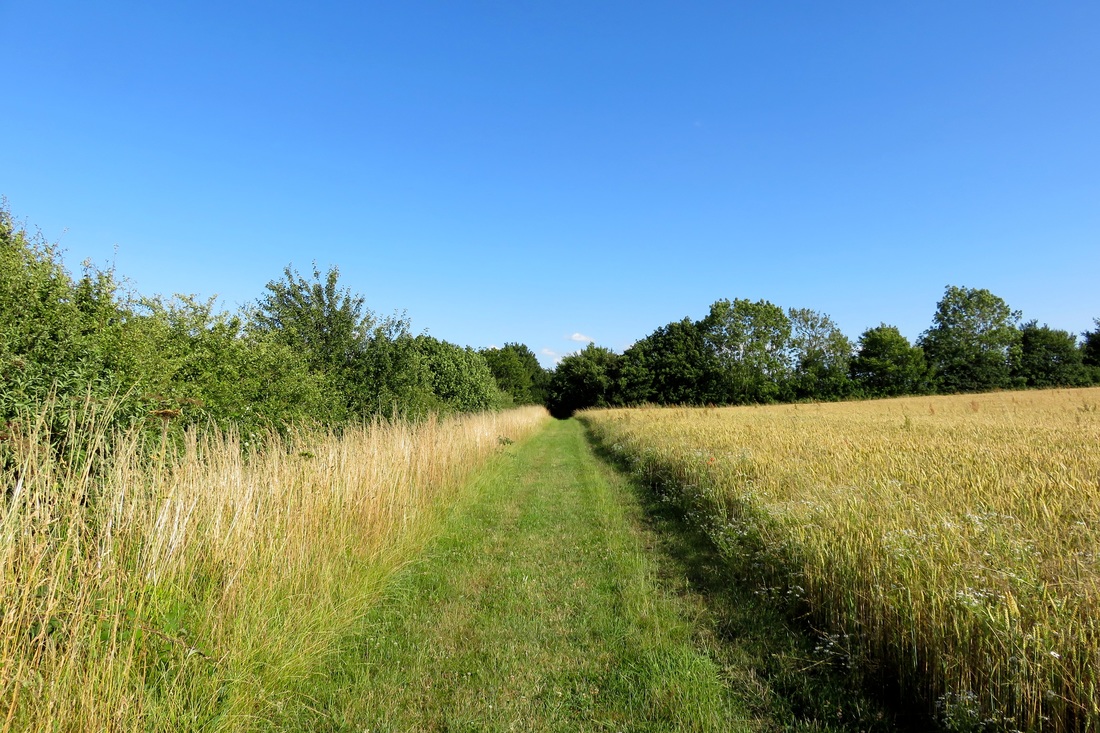
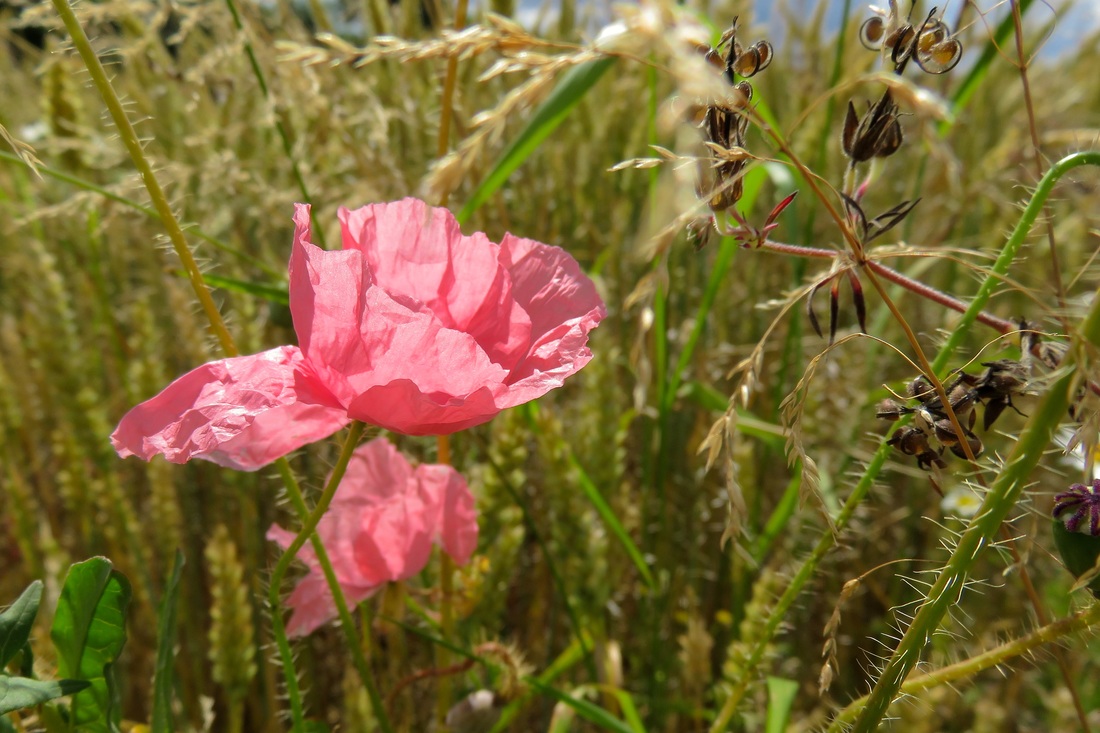
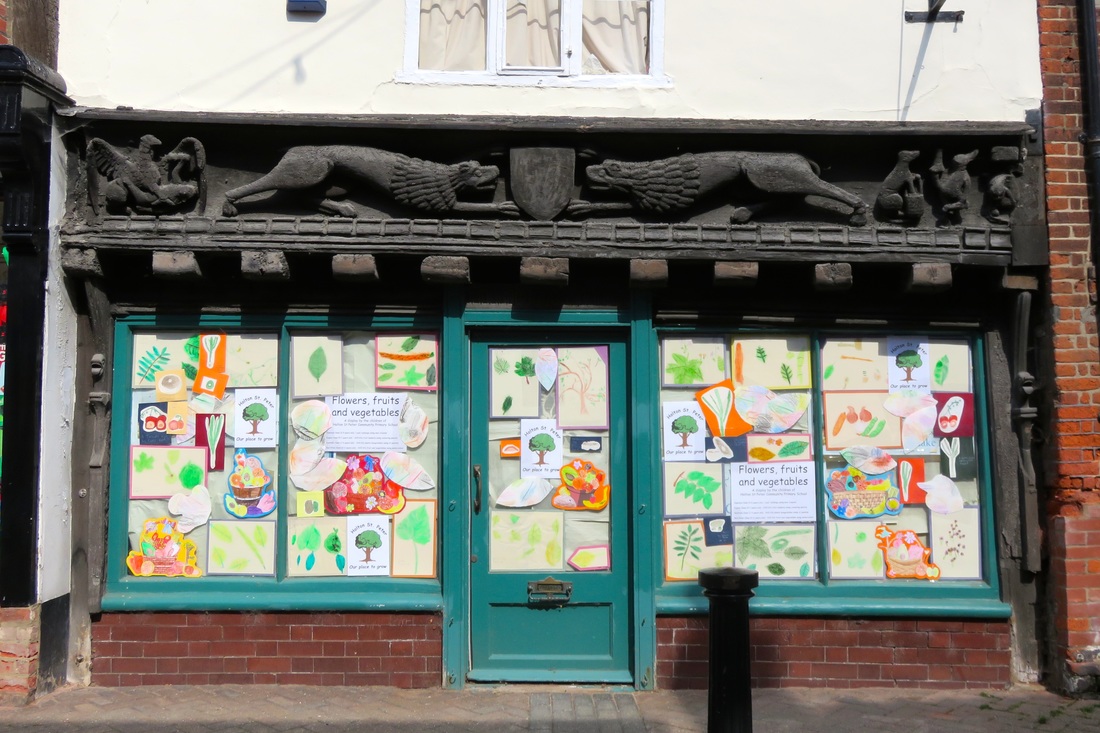
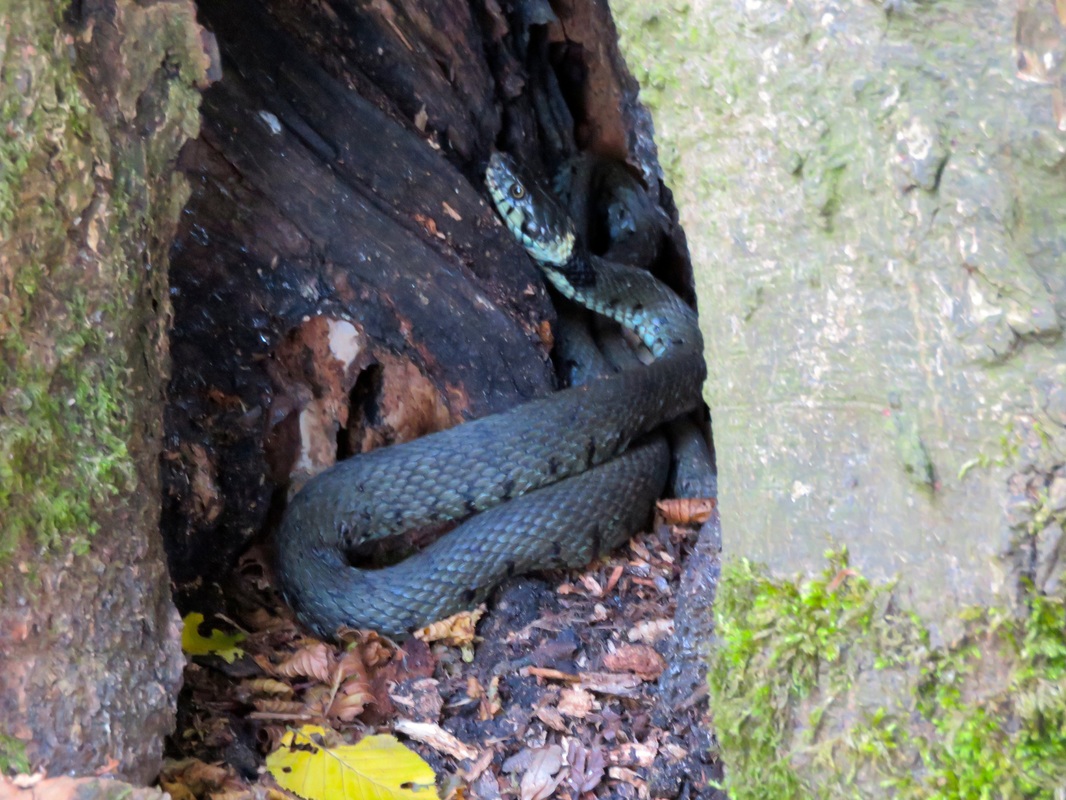
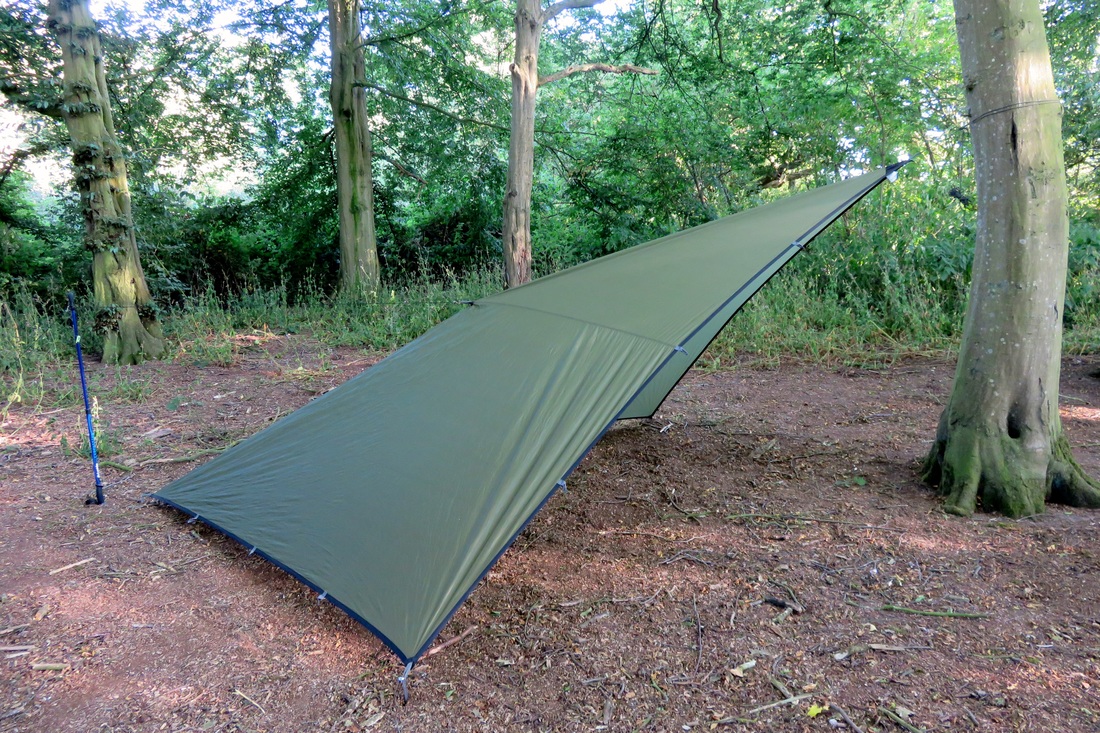
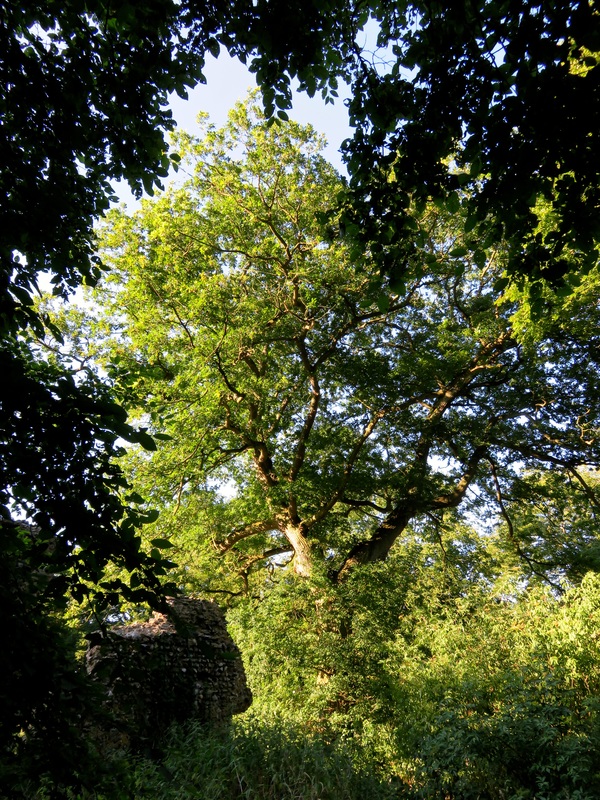
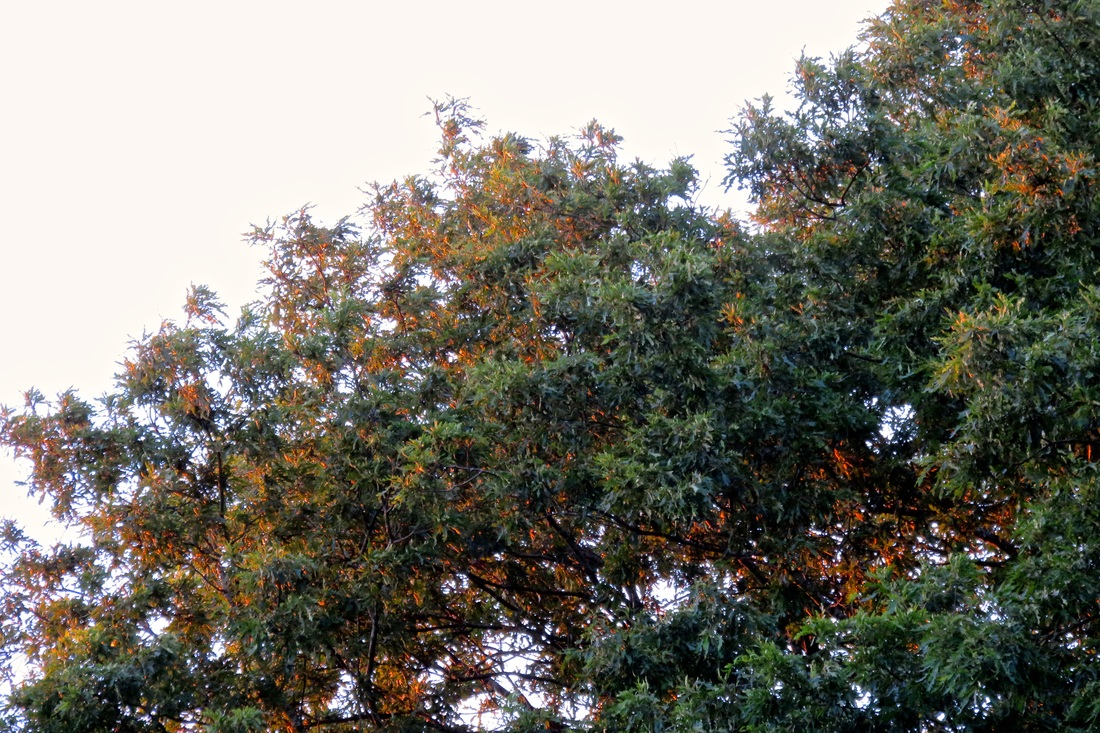
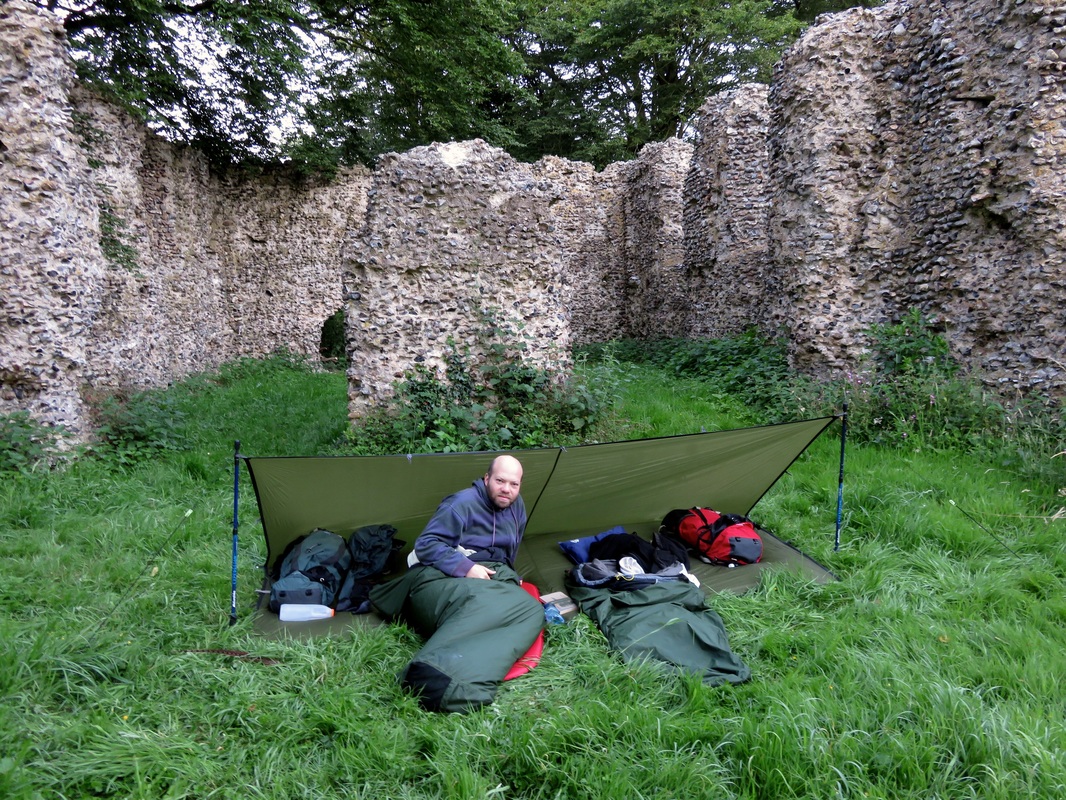
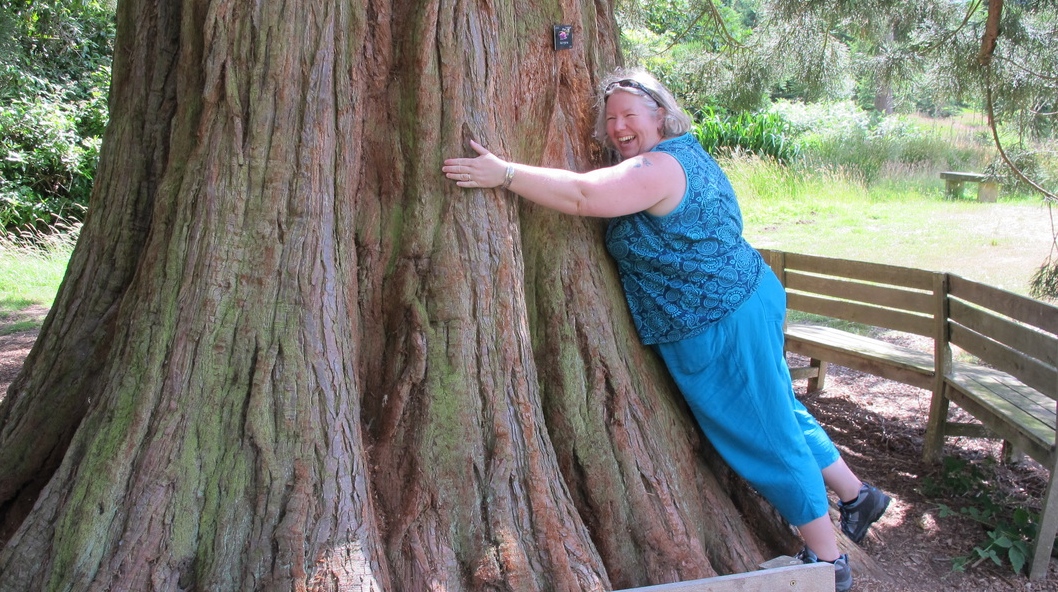


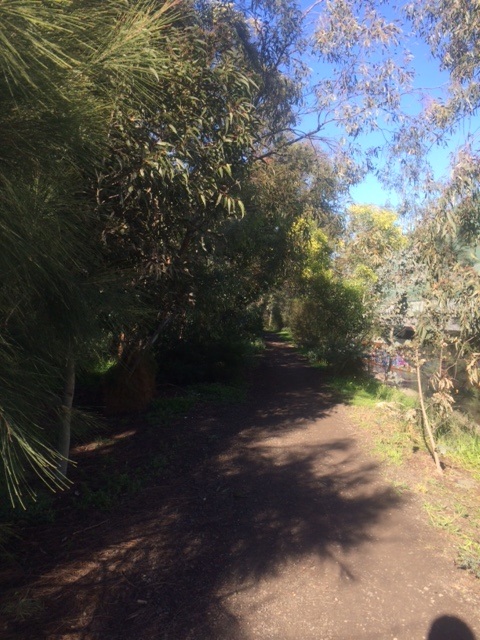
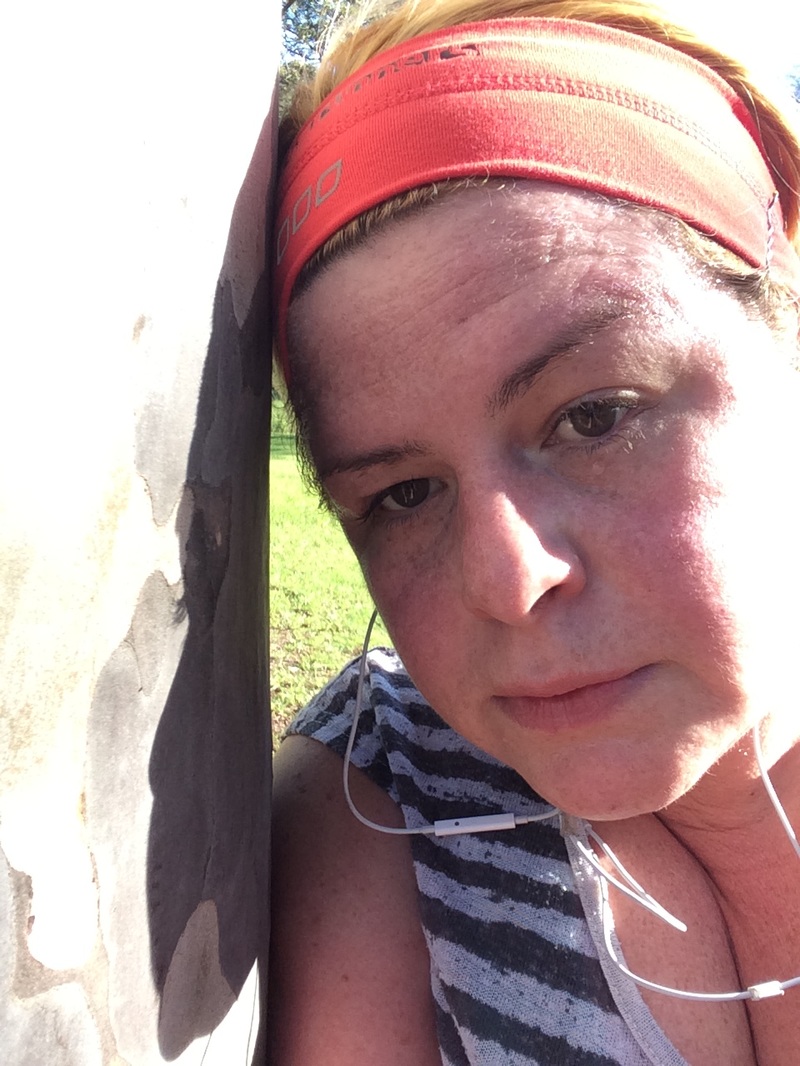
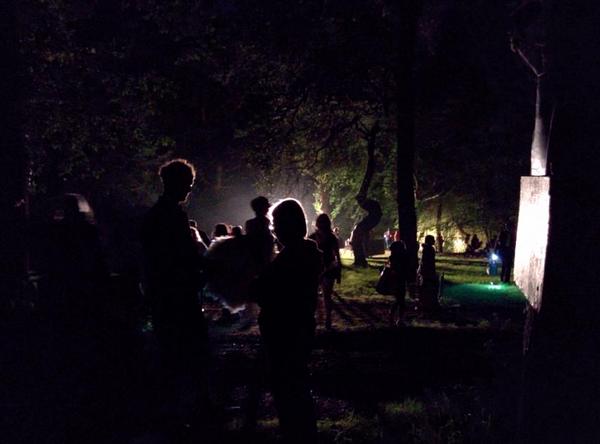
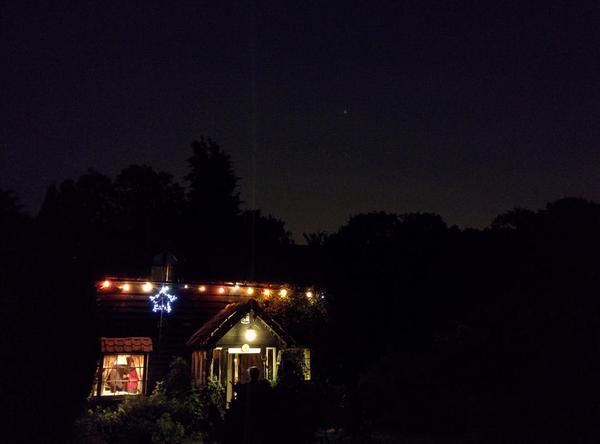

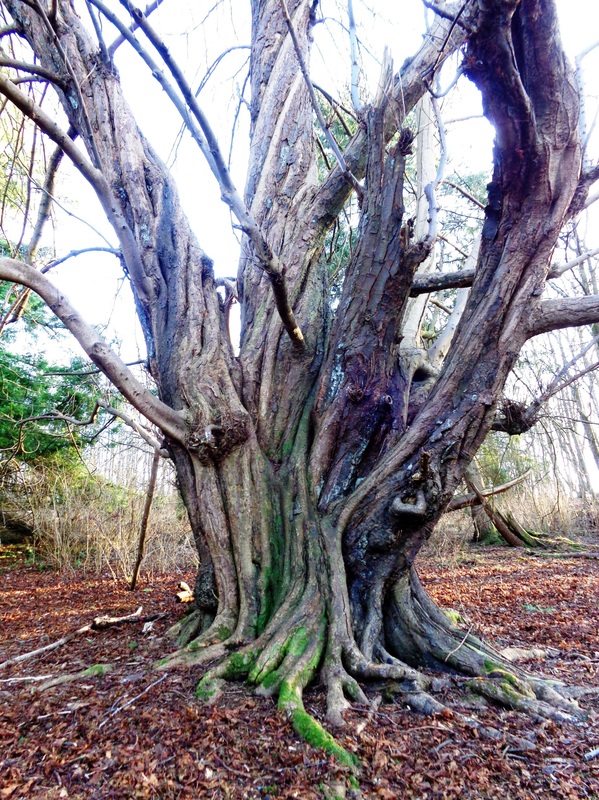
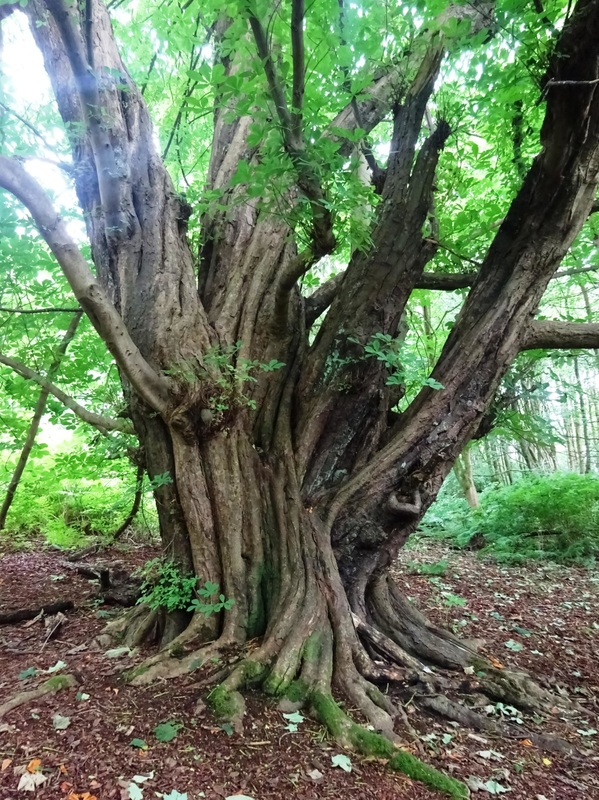
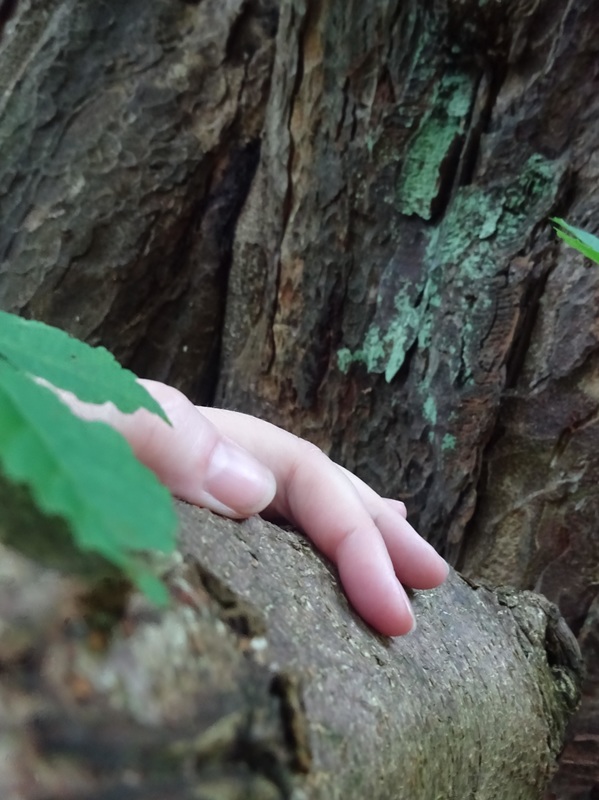
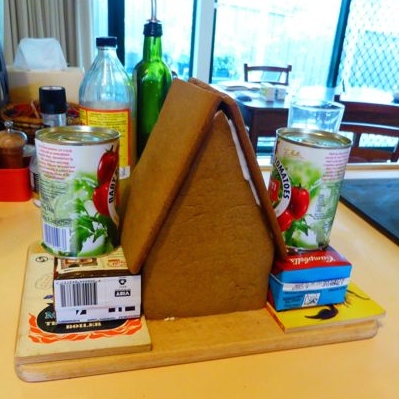

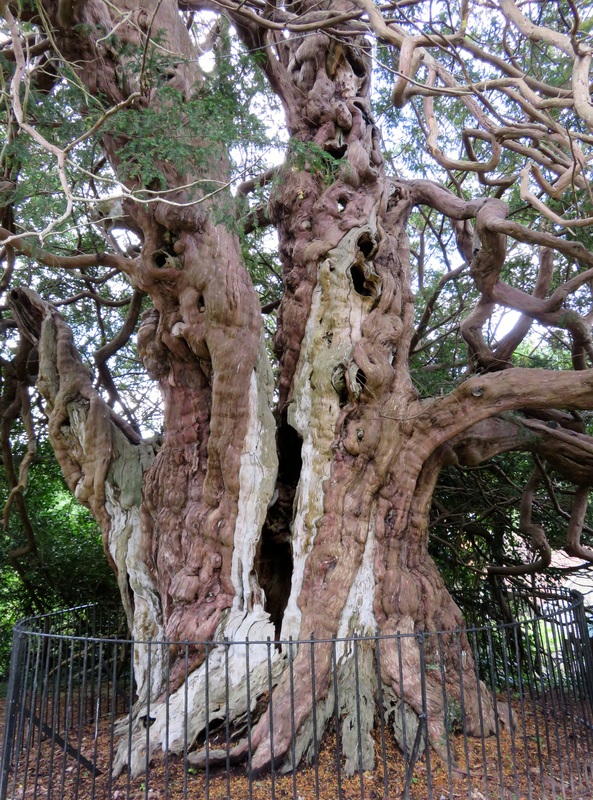
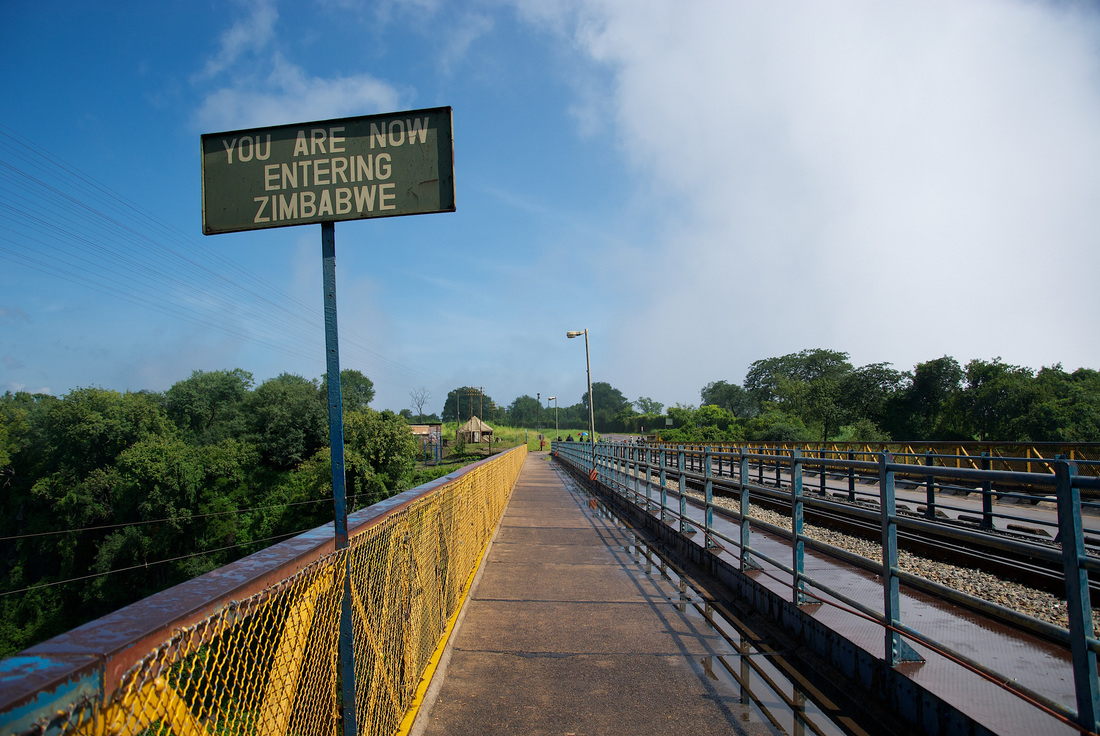
 RSS Feed
RSS Feed
